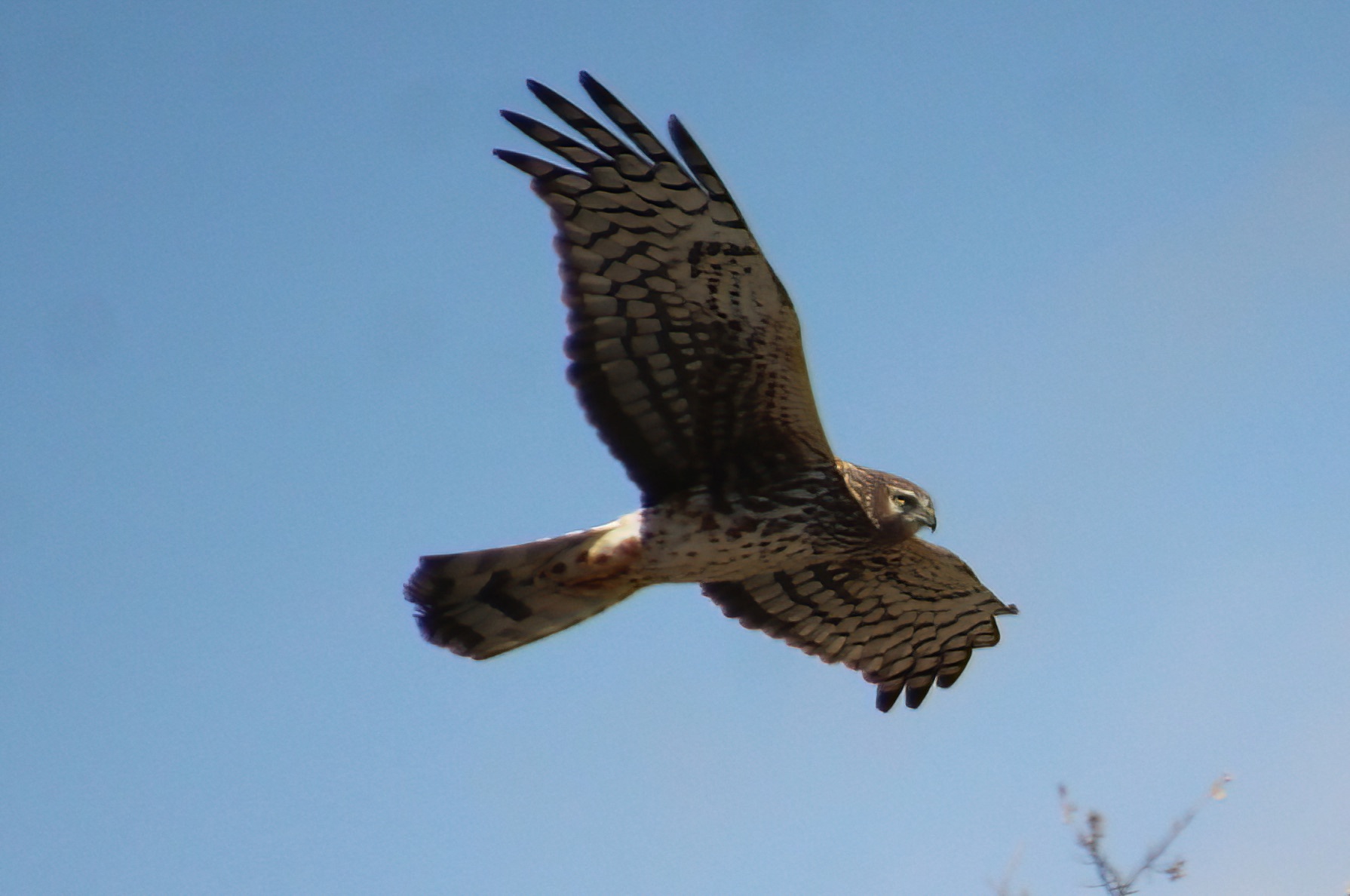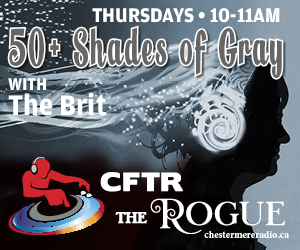As April warms into May, and the urge to watch nature in all of its beauty beckons, my gaze turns to the bulrush filled edges of the sloughs that are an essential component in sustaining wildlife, from the tiniest microbes to the wonderful wildfowl any naturalist seeks. It’s during those last days of April while watching that space mere feet above the long dead grasses and bulrushes, that one may be fortunate to see the magic of a raptor, hovering effortlessly and gliding with ease as if attached to invisible strings. It’s the Northern Harrier, dancing in the light, searching for small mammals, rabbits and songbirds to make a meal. Different from other hawks, the harrier relies more on its hearing to detect a delicious mouse or vole, scurrying to escape in grassy, undisturbed fields.
Male and female harriers are different in the coloration of their feathers. Males tend to be gray above, white below, have black wingtips, a dark trailing edge to the wing, capped with a black-banded tail. Females are brown in hue, sporting brownish streaks on the whitish undersides. Both sexes have a clearly visible white rump patch when they are in flight. Unique facial features include a flat, owl-like face, tipped with a small bill that is sharply hooked. An additional item to help one identify the northern harrier is the V-shaped wing formation, that is clearly visible when the raptor is in flight.
Locally, a few sloughs east of Chestermere and more distantly, east of High River, provide excellent places to watch for harrier hawks in late April and into May. West Inverlake Slough, east of Chestermere, has ideal sloping farm fields for harriers to hunt. Weed Lake, on the eastern outskirts of Langdon, has a large, high grass field on the west side. This past week we witnessed both male and female harrier hawks gliding and searching over the field, flushing out fifteen or so rock pigeons. Frank Lake, a classified IBA (Important Bird Area) in Alberta, is home to harriers as well. In each of the past six years we’ve visited Frank Lake, I anticipate seeing the female harrier, hunting slowly and deliberately over the massive bulrush array along the east side of the peninsula in the northwest corner of the lake.
Not ever having seen a harrier in a tree, we assumed that life and the next generation of harriers occurs on the ground. Indeed, nesting sites are built in dense clumps of vegetation, which can consist of willows, grass, reeds, bulrushes and cattails. Up to five eggs may be laid in the nest. With nests on the ground the risks of survival increase as predators do include coyotes, red foxes, raccoons and even skunks. Further risks to the eggs include being trampled on by deer and cattle.
Seeing this raptor provides us with rapture. Its ease and grace while in flight, owl-like face and spring arrival brings an inner peace. I am glad to be alive to witness the beauty this quiet hawk gives to our world.
The Dance of the Northern Harrier

In response to Canada's Online News Act and Meta (Facebook and Instagram) removing access to Canada's local news from their platforms, Anchor Media Inc encourages you to get your news directly from your trusted source by bookmarking this site and downloading the Rogue Radio App. Send your news tips, story ideas, pictures, and videos to info@anchormedia.ca.




